Historic Depot Row
Places to Stay
Places to Visit
Vendor Registration
Digital Content
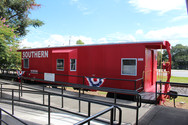

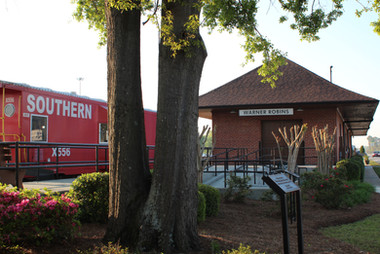

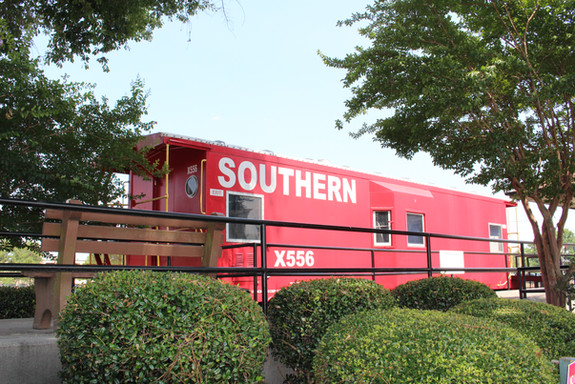
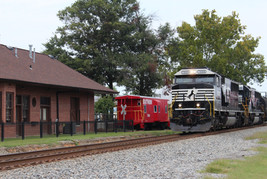

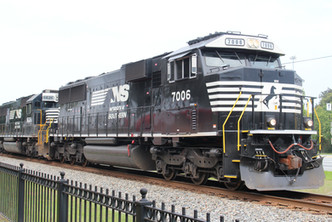
The use of the caboose began in the 1830s when railroads housed the crew in structures built on top of flatcars. In 1863, lookout posts were designed on top of the caboose for a much easier view of the entire train; this was called a Cupola. The caboose provided an office for the conductor and minimal living quarters during long trips that were decorated for their home away from home. Times prior to air brakes, a flagman and brakeman were aboard in order to keep watch and warn the front of the train of “hotboxes”, or overheated wheels on cars.
The X556 Caboose was built in 1971 by Southern Railway and donated to the City of Warner Robins in 2000 by Norfolk Southern. Known as a “Bay Window” caboose, this model eliminated the risk of the crew falling while in the cupola and the need for additional clearances in tunnels and overpasses. This model has two sets of bay windows, on each side of the structure allowing the view of each side of the train. The bay window caboose was tested in 1923-1930 on the west coast and seemed more safe and effective than traditional cabooses until technology improved and the length of trains began to grow in the late 1900s. Cabooses were then replaced by “End of Train Devices” in 1984 that electronically monitored the manual work of the traditional train crew.